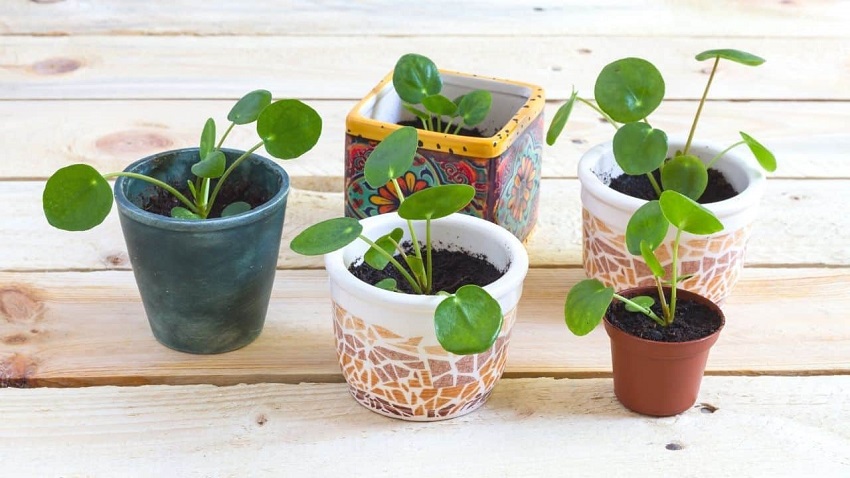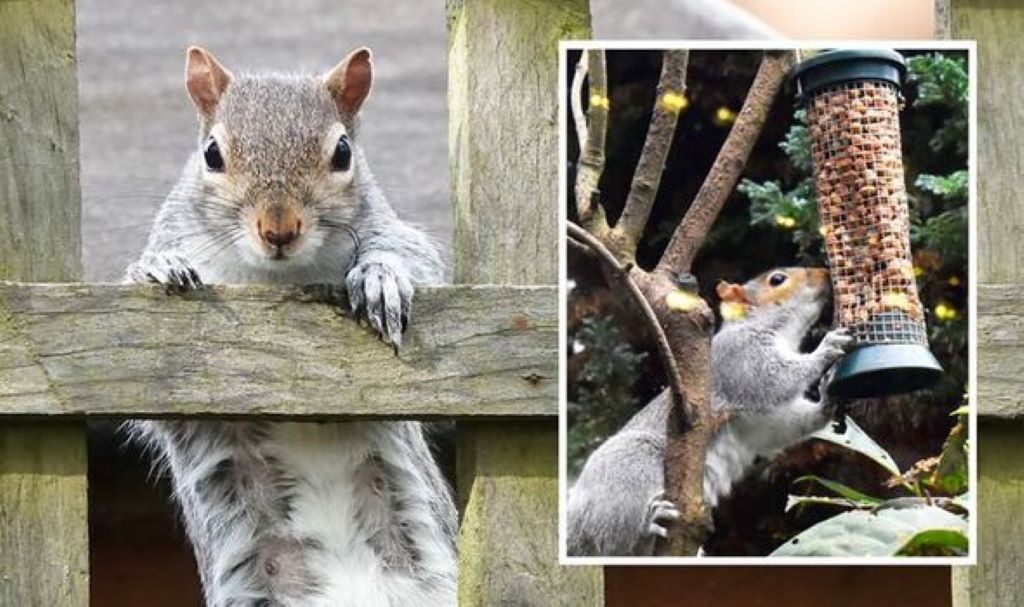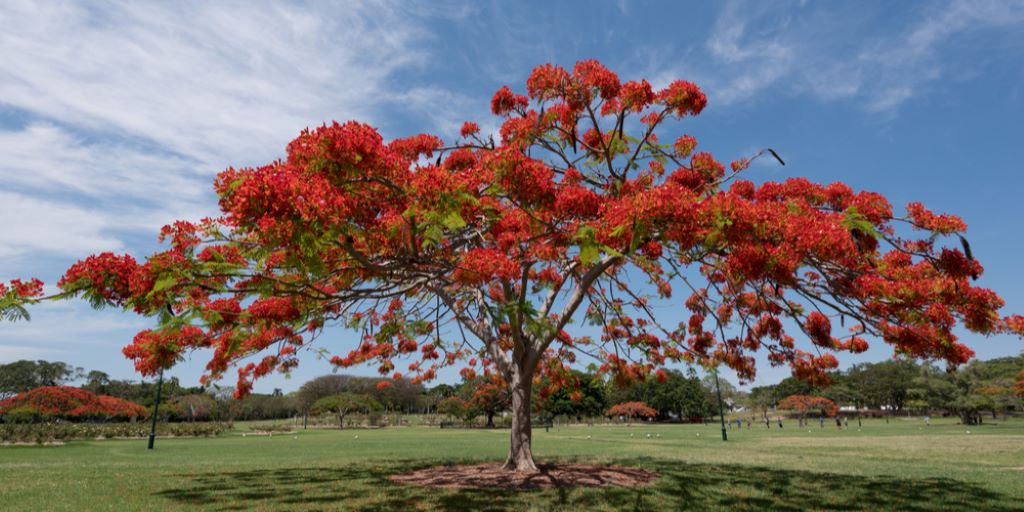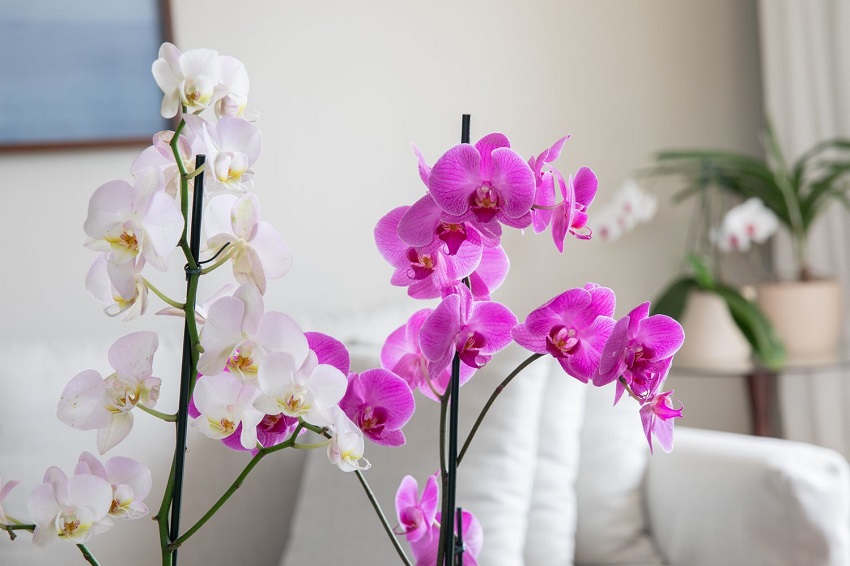Plants bring life and vibrancy to any space, and one particular plant that has gained popularity among plant enthusiasts is the Pilea peperomioides, commonly known as the Chinese Money Plant or Pancake Plant. With its unique round leaves and easy care requirements, it has become a favorite choice for both beginners and seasoned plant lovers alike.
In this article, we will explore what a healthy Pilea looks like and provide you with essential tips to ensure your plant thrives. Whether you’re a proud owner of a Pilea or considering adding one to your collection, understanding the characteristics of a healthy plant will help you create an optimal environment for its growth.
Understanding Pilea peperomioides
Before we delve into the details of a healthy Pilea, let’s familiarize ourselves with this fascinating plant. Pilea peperomioides is a member of the Urticaceae family and hails from the Yunnan province in southern China. Its distinct appearance, with its round, coin-shaped leaves on long petioles, makes it an eye-catching addition to any indoor space.
Pilea peperomioides is known for its air-purifying properties, making it an excellent choice for those seeking a plant that not only enhances aesthetics but also improves indoor air quality. This plant is relatively low maintenance, making it ideal for busy individuals or those new to plant care.
Now, let’s dive into the characteristics of a healthy Pilea peperomioides and how you can achieve optimal plant growth.
1. Lush and Vibrant Leaves
A healthy Pilea exhibits lush and vibrant leaves, which are the focal point of its visual appeal. The leaves should be a vibrant shade of green, free from discoloration, browning, or yellowing. The surface of the leaves should be smooth and glossy, reflecting the plant’s overall well-being.
To maintain the leaf color and vitality, ensure your Pilea receives adequate indirect sunlight. Place it near a bright window where it can receive bright, filtered light for a few hours each day. Avoid exposing the plant to direct sunlight, as it can scorch the leaves.
2. Compact and Bushy Growth
A healthy Pilea demonstrates a compact and bushy growth habit. The plant should have multiple stems emerging from the soil, creating a fuller appearance. If your Pilea starts to appear leggy or elongated, it may indicate insufficient light. In such cases, adjust the plant’s positioning to ensure it receives more indirect sunlight.
Pruning can also help promote bushier growth. Trim back any leggy pilea stems or pinch off the top leaves to encourage branching and fuller foliage. Regular pruning will help maintain the plant’s overall shape and ensure it remains visually appealing.
3. Well-Developed Root System
A healthy Pilea possesses a well-developed and robust root system. When repotting your plant, carefully examine the roots. They should appear white or light brown, indicating healthy root growth. Avoid soggy or blackened roots, as these may indicate overwatering or root rot.
It’s essential to provide well-draining soil for your Pilea. A mixture of potting soil and perlite or sand can help ensure proper drainage. Allow the soil to dry slightly between watering to prevent waterlogged conditions, which can be detrimental to the root system.
4. Minimal Pest Presence
A healthy Pilea is generally resistant to pests, but it’s crucial to keep an eye out for any signs of infestation. Common pests that may affect Pilea include spider mites, mealybugs, and aphids. Regularly inspect the leaves, stems, and soil for any unusual spots, webs, or tiny insects.
If you notice signs of pest presence, treat the affected areas promptly. There are various organic pest control methods available, such as neem oil or insecticidal soap, which can help eliminate the pests without harming the plant.
5. Balanced Watering Routine
Proper watering is vital for maintaining a healthy Pilea. Overwatering or underwatering can lead to issues such as root rot or wilting. The key is to find a balance.
Check the moisture level of the soil regularly by inserting your finger about an inch into the soil. If it feels dry, it’s time to water your plant. Water thoroughly, allowing the excess water to drain out through the drainage holes.
However, avoid leaving your Pilea in standing water, as this can lead to root rot. Empty the saucer or tray underneath the pot after watering to prevent water accumulation.
6. Adequate Humidity
While Pilea peperomioides can tolerate average humidity levels, providing slightly higher humidity can promote optimal growth and prevent leaf browning. You can increase humidity by placing a tray of water near the plant or using a humidifier. Misting the leaves occasionally can also help mimic the plant’s natural environment.
7. Regular Fertilization
To ensure your Pilea receives essential nutrients, consider fertilizing it during the growing season. A balanced, water-soluble fertilizer with a ratio of 20-20-20 or 10-10-10 can provide the necessary nutrients for healthy growth. Follow the manufacturer’s instructions for application and dosage.
In conclusion, a healthy Pilea peperomioides showcases lush and vibrant leaves, compact and bushy growth, a well-developed root system, minimal pest presence, a balanced watering routine, adequate humidity, and regular fertilization. By understanding and implementing these guidelines, you can create an environment that promotes the well-being and longevity of your Pilea.











